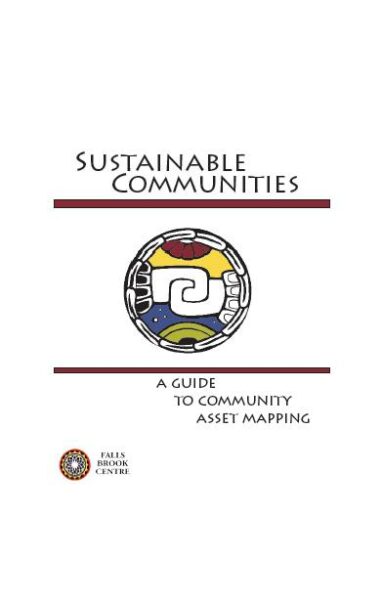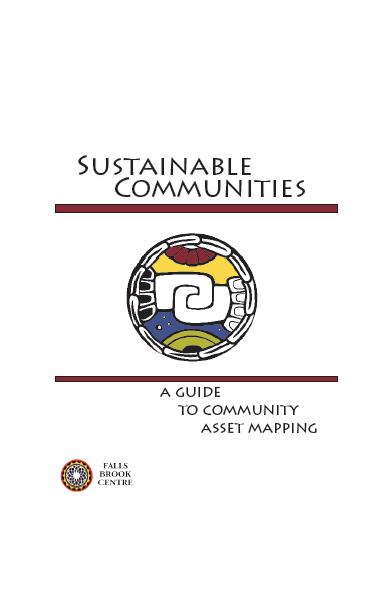This manual can launch your community on a process of renewal and resilience. It can help you facilitate the initial step towards successful transition from dependence on a single industry to innovative development based on diverse utilization of community resources. This transition often begins with a small group of determined citizens who engage others in the process of visioning, planning and implementing a sustainable future. The community should cultivate the capacity to shape its own ways of life and work.
As Falls Brook Centre has worked for many years in the field of sustainable resource based communities, we realize the necessity for community preparedness and therefore we encourage the facilitator to focus their attention on community resiliency. Much depends on local leadership and the resources available to them to plan for and implement sustainable development. But communities also need tools which will make the process coherent and practical. There are many models for strategic planning and experts to advise
you. This manual is meant to get you started so that you can move into a comprehensive planning process with a clear understanding of what you have to work with.
Getting started
The first step in sustainable community revitalization is to look at the dimensions of the current situation and to identify community strengths and weaknesses which will help or hinder its transformation to a more diverse economy.
It is likely that when a crisis strikes, a few citizens will want to react immediately. Some will fight to retain the status quo; this may or may not be feasible. Others will look forward and hope of a different future. Usually, there is a small group which comes together to figure out what action can be taken. Their first step is logically to assess the situation in search of a solution. This can be done through a process called Asset Mapping.
Format






